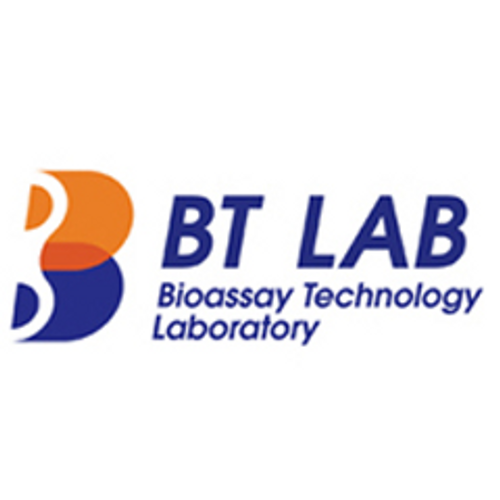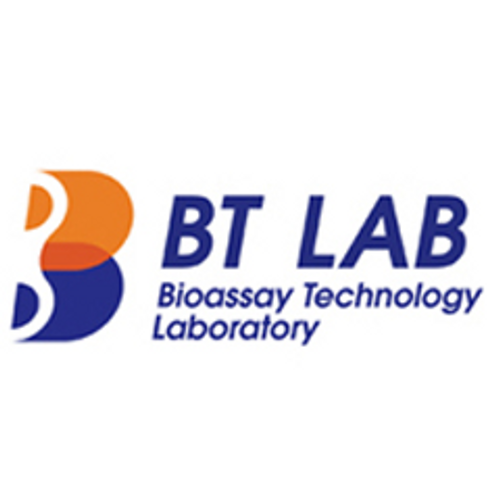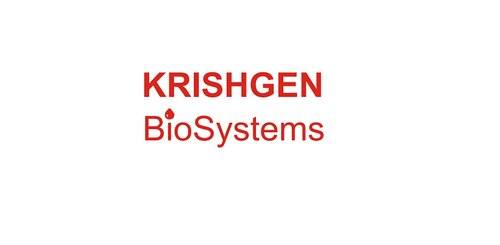Product Description
Human Cytokeratin 19 (CK-19) ELISA Kit | AE58432HU | Abebio
Species Reactivity: Human (Homo sapiens)
Abbreviation: KRT19
Alternative Name: CK19; K19; K1CS; MGC15366; 40-kDa keratin intermediate filament|cytokeratin 19|keratin; type I cytoskeletal 19|keratin; type I; 40-kd
Application: ELISA
Range: 0.312-20 ng/mL
Sensitivity: 0.116 ng/mL
Intra-Assay: ≤5.6%
Inter-Assay: ≤9.8%
Recovery: 0, 98
Sample Type: Serum, Plasma, Other biological fluids
Detection Method: Sandwich
Analysis Method : Quantitive
Test Principale: This assay employs a two-site sandwich ELISA to quantitate KRT19 in samples. An antibody specific for KRT19 has been pre-coated onto a microplate. Standards and samples are pipetted into the wells and anyKRT19 present is bound by the immobilized antibody. After removing any unbound substances, a biotin-conjugated antibody specific for KRT19 is added to the wells. After washing, Streptavidin conjugated Horseradish Peroxidase (HRP) is added to the wells. Following a wash to remove any unbound avidin-enzyme reagent, a substrate solution is added to the wells and color develops in proportion to the amount of KRT19 bound in the initial step. The color development is stopped and the intensity of the color is measured.
Product Overview: Keratin, type I cytoskeletal 19 is a member of the keratin family. The keratins are intermediate filament proteins responsible for the structural integrity of epithelial cells and are subdivided into cytokeratins and hair keratins. The type I cytokeratins consist of acidic proteins which are arranged in pairs of heterotypic keratin chains. Unlike its related family members, this smallest known acidic cytokeratin is not paired with a basic cytokeratin in epithelial cells. It is specifically expressed in the periderm, the transiently superficial layer that envelops the developing epidermis. The type I cytokeratins are clustered in a region of chromosome 17q12-q21.Keratin 19 is a type I cytokeratin.
Stability: The stability of ELISA kit is determined by the loss rate of activity. The loss rate of this kit is less than 5% within the expiration date under appropriate storage condition. The loss rate was determined by accelerated thermal degradation test. Keep the kit at 37°C for 4 and 7 days, and compare O.D.values of the kit kept at 37°C with that of at recommended temperature. (referring from China Biological Products Standard, which was calculated by the Arrhenius equation. For ELISA kit, 4 days storage at 37°C can be considered as 6 months at 2 - 8°C, which means 7 days at 37°C equaling 12 months at 2 - 8°C) .
 Euro
Euro
 USD
USD
 British Pound
British Pound
 NULL
NULL












